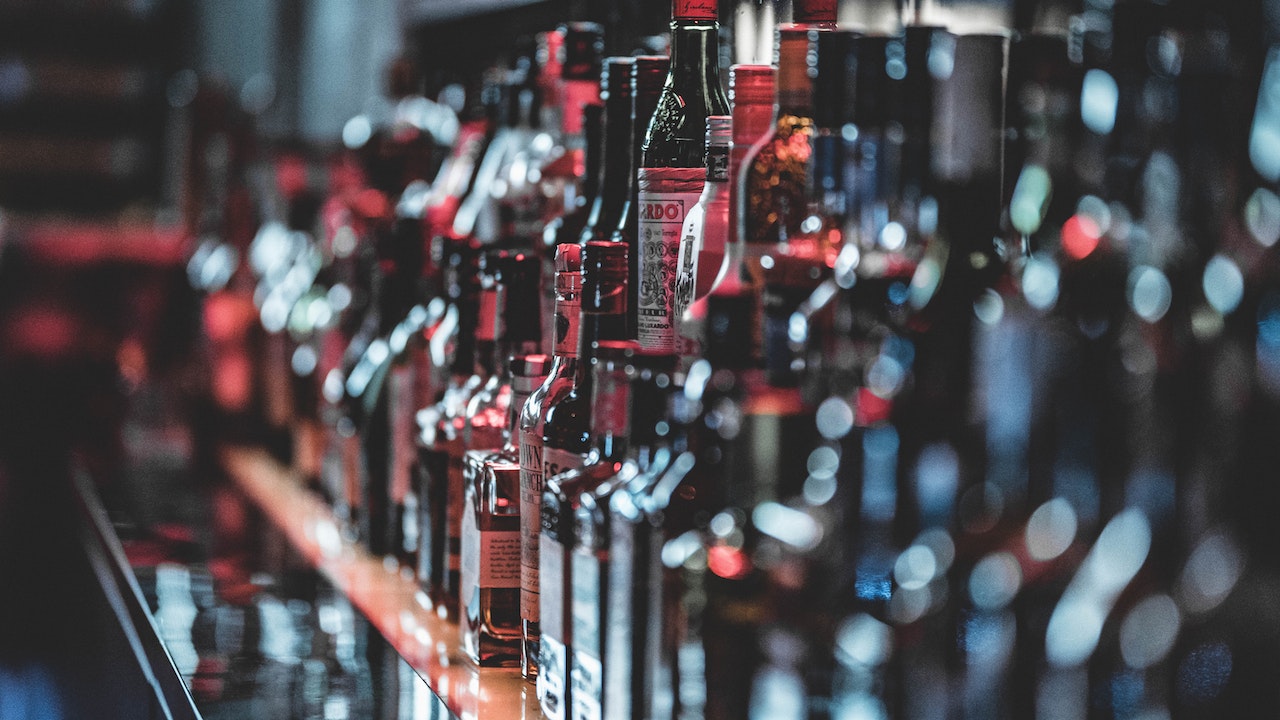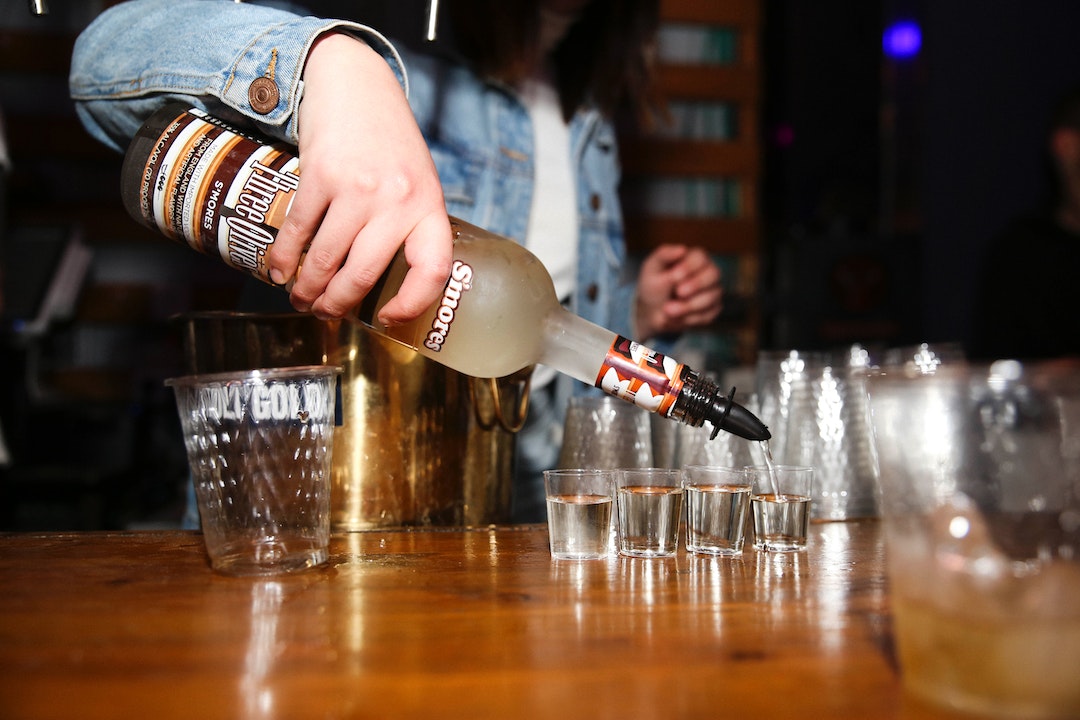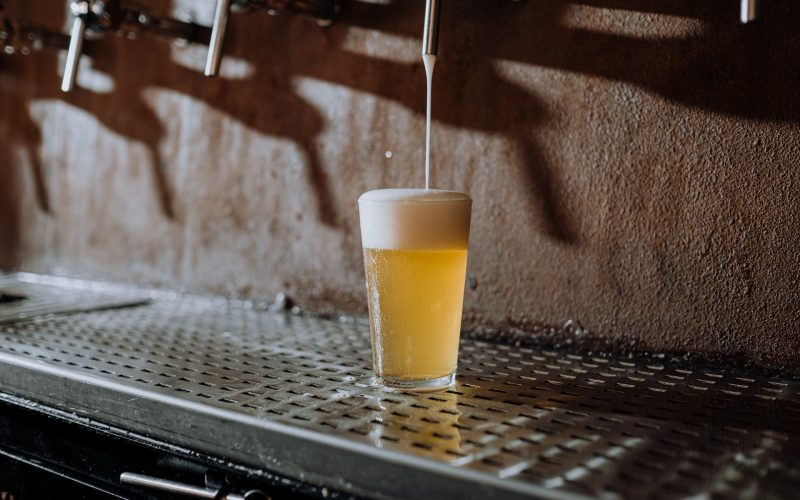After experiencing COVID-19-related restrictions and enduring inflationary pressures in 2018, the beer industry hopes to return to more stability in 2023. However, brewers face many challenges, including competition from within and beyond the category, as RTDs continue to increase their market share. As such, brewers must remain focused on innovation and constantly deliver value to consumers.
The global beer industry is transforming to accommodate changing consumer needs. The wellness trends drive demand for lower sugar and calorie content, less or no alcohol, more plant-based ingredients, eco-friendly sourcing and manufacturing, and sensory-enhanced options.

Additionally, consumer preference for smaller bottles pushes breweries to rethink packaging and design. Brewing technology is also evolving, with breweries experimenting with new techniques to deliver more nuanced flavors and bolder aromas. For example, brewers utilize extract concentrates packed with thiols, providing bright and tropical fragrances. In addition, breweries are working with yeast manufacturers to engineer strains that promote the production of specific compounds.
Breweries need to understand their target markets and identify their most valued customers as this industry continues to evolve. This will enable them to tailor their offerings to meet consumer demands. Moreover, breweries can use data to create and distribute targeted campaigns. This will help them increase their brand awareness and boost sales.
With consumers turning to online shopping, breweries must invest in digital marketing. This will allow them to reach a wider audience and improve customer service. Furthermore, e-commerce will enable breweries to establish direct relationships with their customers. Moreover, it will help them reduce their operating costs and increase profitability.
Although the IPA remains at the top of the beer hierarchy, its position may be challenged by health and wellness trends shifting away from hop-heavy flavors to lighter lagers. In response, some breweries offer sweeter, more approachable hazy IPAs to appeal to health-conscious drinkers. Other breweries focus on traditional European styles, creating lagers with creative twists to appeal to new-age consumers.
With China reopening its borders, on-premise beer sales are expected to recover in 2023, primarily for craft breweries that depend heavily on this channel. This will be a boon for the industry, which suffered during the pandemic due to the impact of travel restrictions and quarantine requirements. Despite the economic environment, the premiumization of the beer category will likely endure as more drinkers buy higher-end brands and spend more on on-premise experiences.
Embracing Sustainability: A Growing Consumer Demand

Recently, sustainability has become a critical concern for consumers across various industries. As a result, craft beer enthusiasts are increasingly seeking out breweries that prioritize environmentally friendly practices. Breweries implementing sustainable initiatives, such as water conservation, renewable energy sources, and recyclable packaging, will likely gain a competitive edge in 2023. Craft beer marketing should highlight these sustainability efforts to resonate with eco-conscious consumers.
Leveraging Social Media Influencers
Social media continues to dominate the marketing landscape, and craft beer breweries are tapping into the power of social media influencers to reach a wider audience. Influencers with a genuine passion for craft beer can create engaging content, share their experiences, and provide recommendations to their followers. Breweries can leverage their reach and credibility by partnering with influencers, driving brand awareness, and enticing new customers.

